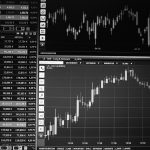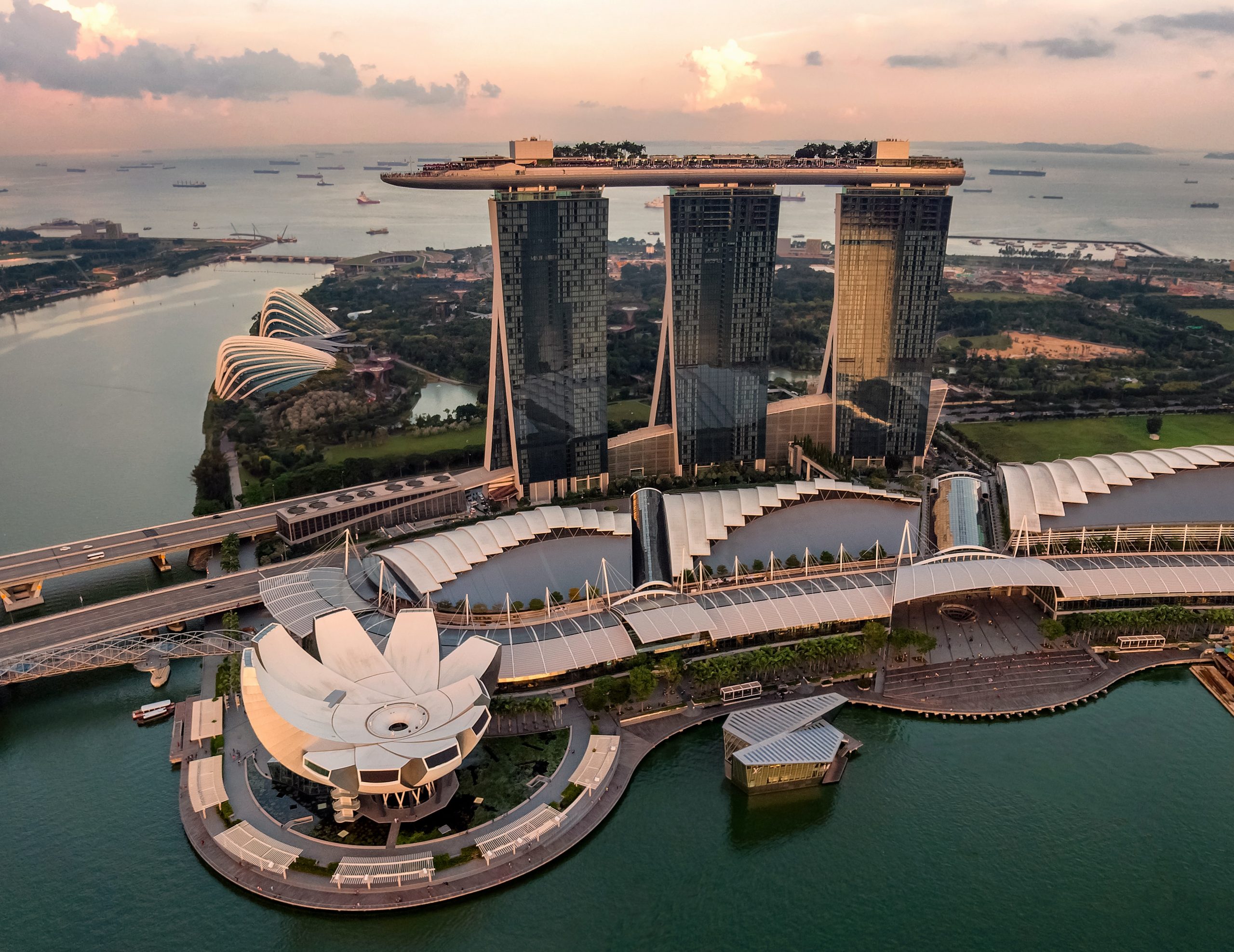The coronavirus pandemic has encouraged reforms in Southeast Asia’s healthcare sector, opening up new investment opportunities in different fields, according to a new analysis.
The potential areas for investment include biotechnology, telehealth, pharmaceuticals, and diagnostic medicine, wrote ASEAN Briefing, which covers business developments in countries of the Association of Southeast Asian Nations.
Citing the World Health Organization, the report says ASEAN spends around four percent of its GDP on healthcare, with Singapore topping the list with expenditure per capita at US$2,700.
“ASEAN countries are slowly committing to universal healthcare systems and these national health insurance systems have become a key driver in changing the behavior of ASEAN populations towards health,” it added.
This has made consumers more health-conscious, resulting in greater demand for and more spending on health services, according to the analysis.
Read more: VR Telehealth Solutions to Boom in Post-Coronavirus World: Virtuleap’s CEO
ASEAN Briefing singles out Indonesia, the Philippines, Thailand, and Singapore as countries that have succeeded in implementing their national insurance programs.
“Indonesia’s programs are considered the largest in the world, covering more than 180 million people. Virtually the whole of Thailand’s population is covered for primary and hospital care, and Singapore offers the most advanced levels of healthcare for its citizens, providing specialized treatment, such as heart transplants and neurological procedures.”
Medical Tourism
Singapore, Malaysia, and Thailand lead the field in the medical tourism sector, the report says, adding that they have around 100 Joint Commission International-accredited healthcare centers combined.
Being JCI certified is regarded as the gold standard for patient safety and healthcare.
According to ASEAN Briefing, foreign patients arriving in the region account for about 40 percent of revenue in the three major markets, providing a major source of income for private hospitals.
Pharmaceuticals
The bloc’s pharmaceutical industry is valued at just over US$25 billion, the report says, noting that it represents 2.2 percent of the global market.
“Generic drugs account for a large percentage of the industry’s revenue in the region. However, only a small number of manufacturers have the capabilities to manufacture active pharmaceutical ingredients, with the majority importing ingredients from China or India.”
ASEAN Briefing sees this as an opportunity for domestic players to increase collaboration with multinational life science companies to serve their local markets.
“Business models will become more flexible as the use of multi-channel marketing sales, such as e-commerce becomes the new norm.”
Medical Devices
Quoting a BMI research, the publication adds that ASEAN’s medical devices industry is expected to generate over US$8 billion in revenue in 2021.
It explains that the bloc established the ASEAN Medical Device Directive known as AMDD in 2015, a set of directives designed to harmonize regulations across the region and require medical device manufacturers to register their devices in any member state where they have production.
Only Singapore, Malaysia, and Indonesia have so far complied with the AMDD, the article says.
It notes that product segmentation is an important strategy to enter individual markets because the opportunities in the medical devices industry vary depending on the development of each economy.
“Chronic diseases, such as diabetes and cardiovascular disease caused by sedentary lifestyles, are becoming more prominent in ASEAN. New solutions include the use of robotic surgery, 3D printing, and implantable devices in addition to other innovations for prevention, which will rapidly transform the industry.”
Read more: Five Trends That Can Propel ASEAN’s Growth in Post-Corona Era
ASEAN Briefing recommends that producers of high-end products focus on wealthy Singapore as well as the middle-income economies of Thailand and Malaysia.
“Lower-end devices would fare more in the price-sensitive markets of Indonesia, Vietnam, and the Philippines,” it wrote, saying that the existing opportunities for investment in the region’s healthcare sector should be seized.







